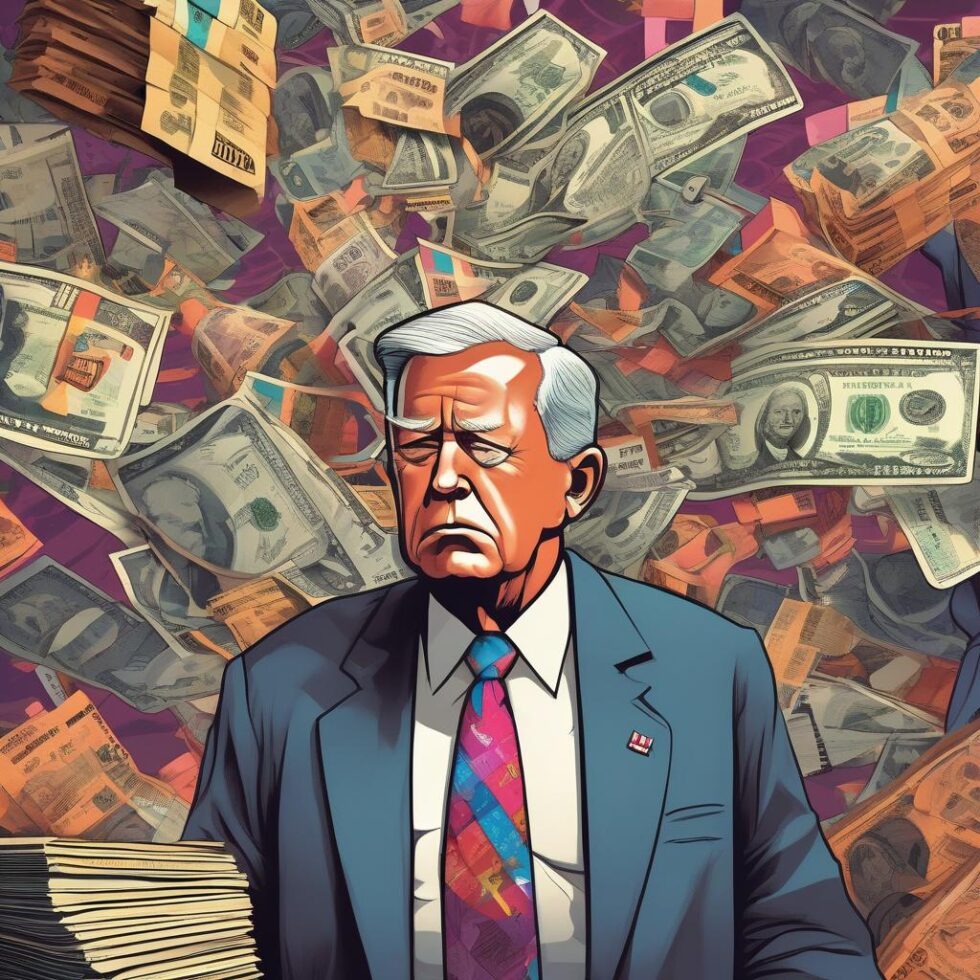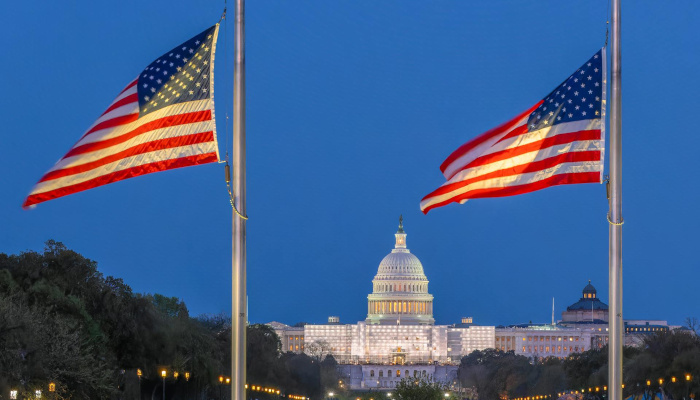
China isn’t blinking on tariffs; inflation and recession loom globally. The US has three choices moving forward, all extremely tricky, while Beijing waits and reacts, fighting a trade guerrilla.
Over the past week, US officials have stated that talks with China on tariffs have begun, only for Beijing to deny it each time. The Trump administration made these announcements to calm markets rattled by the trade war’s effects, while China may have denied the talks to avoid appearing submissive to the US. A financial crash fueled by a trade war would only strengthen China’s position.
The US now faces three paths. First, it can maintain its tariffs on China. This would likely result in inflation and recession for one to two years, but cracks could begin forming in China’s façade at that time. In theory, the US can sustain inflation and recession for two years; it’s not the end of the world if you can’t buy a new smartphone. However, the President needs to communicate clearly: “It’s going to be a very tough couple of years, but we must win this competition, which is vital for our survival. If we fail, we are doomed. Americans, we need to brace ourselves and unite.”
These two years may prove difficult as additional challenges arise beyond trade. After this turbulent period, things could take a different turn, but it will require stamina—can Trump manage it?
The second option would be to forfeit the tariffs soon and adopt a different, more comprehensive long-term strategy for dealing with China. It could also be the way and occasion in which the US reshapes the present political and economic order. This approach would be longer and fraught with difficulties but less painful in the short term, allowing for greater domestic sustainability.
The third choice is a short-term fix through an ad hoc agreement. This would mean accepting China’s systemic trade surplus, its domestic market closures, and the partial convertibility of the renminbi. Such an agreement could lead the US and Western economies to implode in a few years, unable to sustain the massive trade deficit with China. China could also face implosion, as its economy would struggle to outlive the source of its surplus in a chain reaction. International tensions could spiral, risking the potential for nuclear conflict. It’s a slippery slope, especially since tensions are firing up worldwide.
In theory, neither America nor China should be interested in a short-term fix for its dire long-term hazards. Still, politicians on both sides may go for it, unable to cope with long-term scenarios at this hectic moment.
Vietnam Again
Choice One evokes a scenario like North Vietnam: Hanoi objectively suffered more, but Washington capitulated first. While the dynamics differ, parallels exist.
The US may have announced its tariffs, believing that China would surrender “immediately” and conditions could be imposed. It did not happen. China may be shrewd, circumventing or partially submitting to tariffs without openly acknowledging it. From China’s perspective, the strategy could be: “I’ll concede in one or two crucial areas but maintain strength in others where I can inflict pain on the US, ultimately forcing America to yield and claim a political victory.” This approach could reflect not a straightforward trade war but a trade guerrilla strategy.
China had already prepared for this confrontation and now sees what unfolds, looking for ways to cut corners and undermine its adversary.
The US must quickly determine whether it can endure years of high tariffs with China. If not, it would be wise to change strategies as swiftly as possible; a slow withdrawal could make future confrontations more challenging.
Theoretically, this could be a moment for China to assert itself globally. In this time of great American confusion, China may have an opportunity to propose an alternative world order, but it’s unclear what China wants for the global stage. China has ambitions and a national agenda, yet it appears to lack a coherent vision for the world.
If China presents a genuine global plan, it should include full renminbi convertibility and market openings—or a rigid market partition that limits its trade surplus to garner international acceptance and support amid current confusion. The unclear status of its economic system, the largest trading nation without a convertible currency, is a problem with or without Trump’s tariffs. In that case, the renminbi could emerge as the center of a new global order, potentially displacing the US.
However, suggesting an alternative world order can be fraught with peril. The USSR attempted such a move but ultimately failed, contributing to its collapse.
China will likely use a cautious strategy for now, leaving the ball in Trump’s court to see if he can unravel his situation. The coming days and weeks could also prove crucial to know if we’ll face a real market crash or coast the problems in an ocean of volatility.









